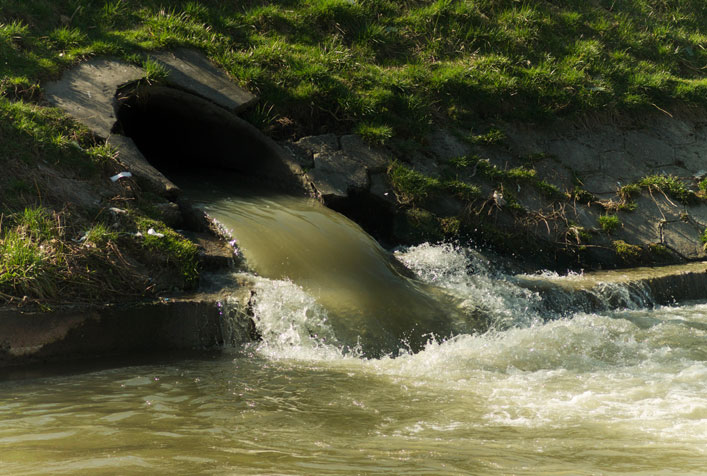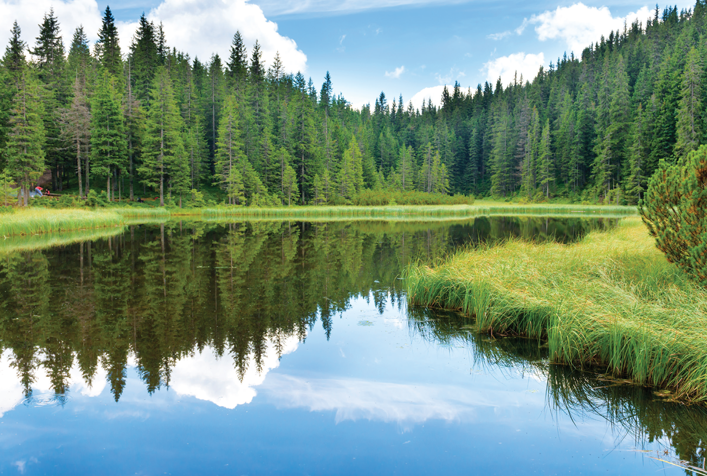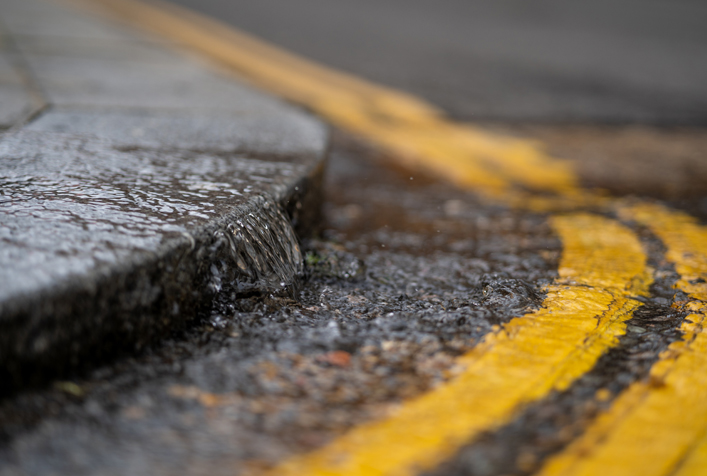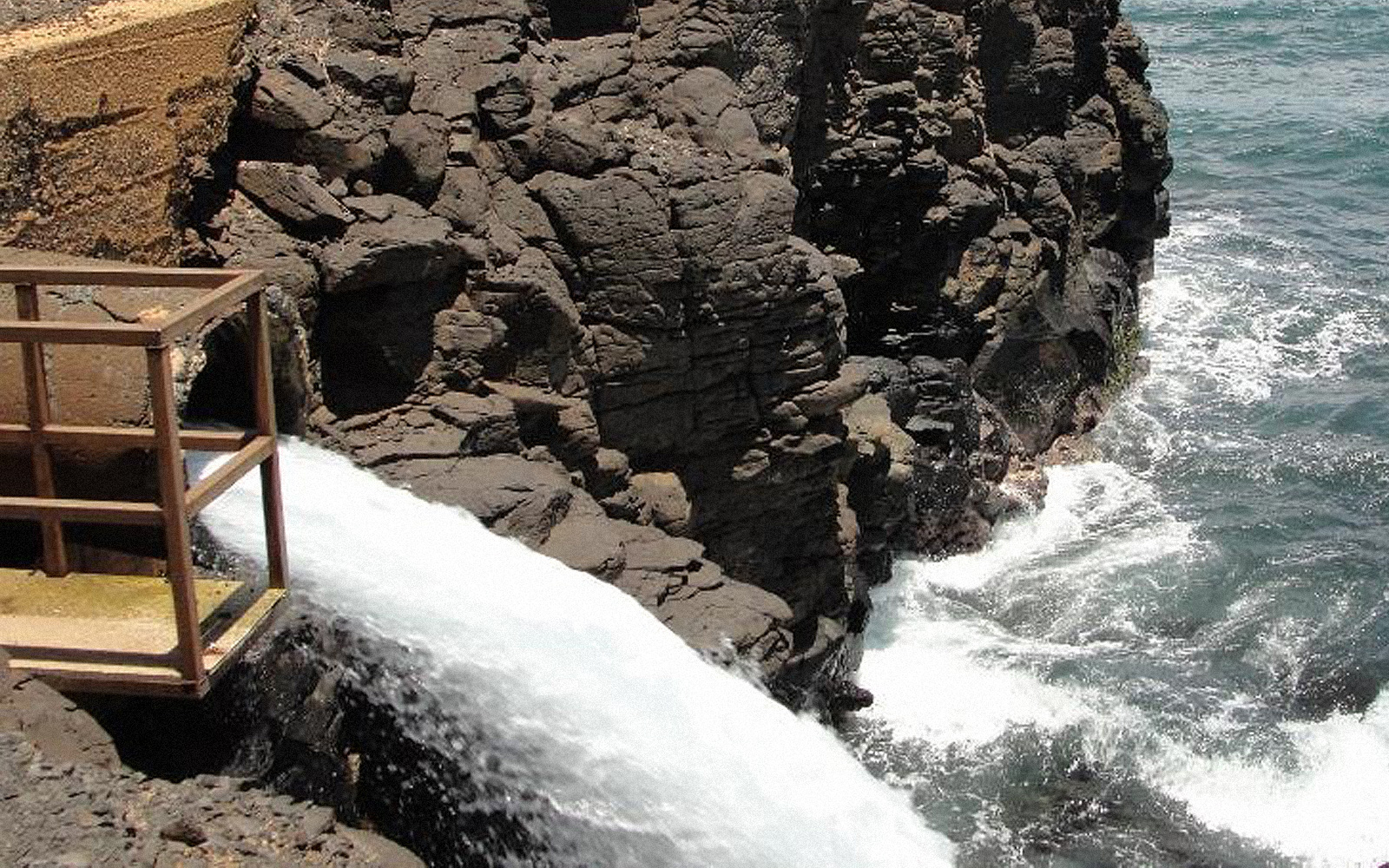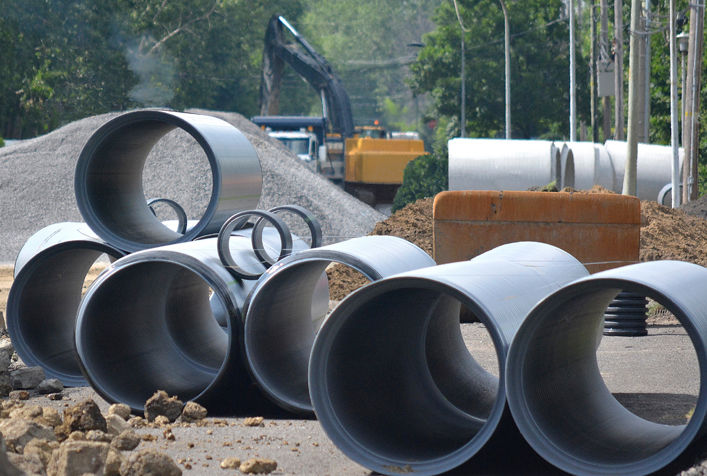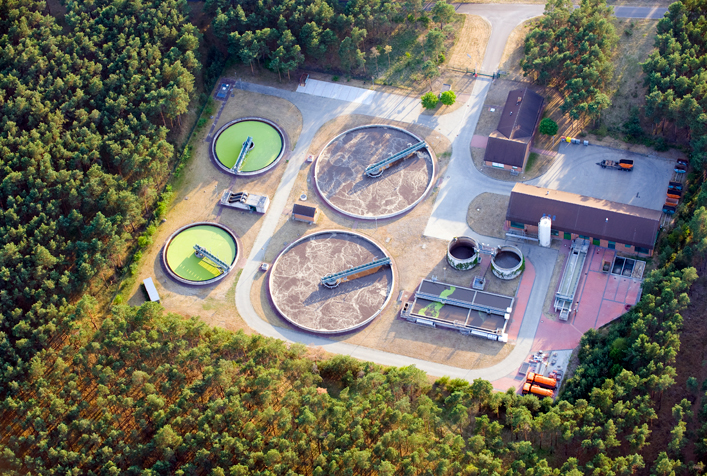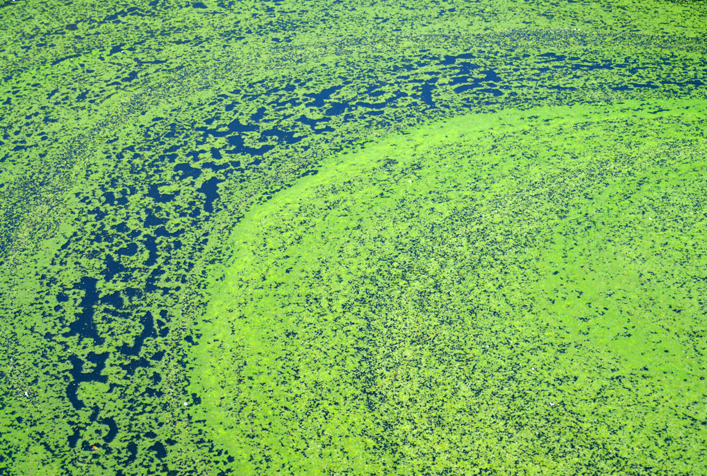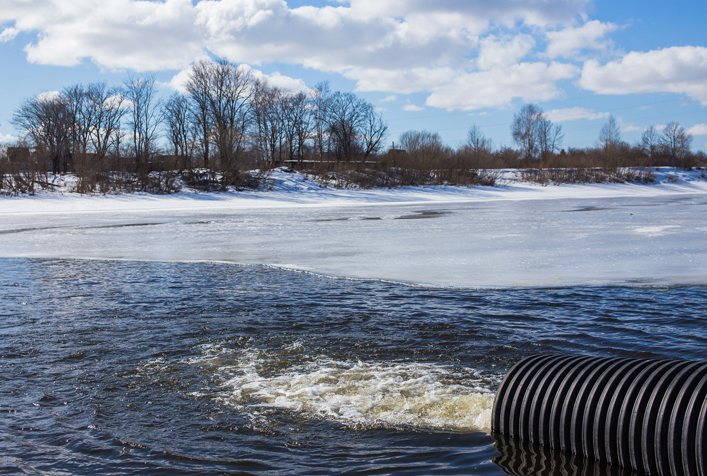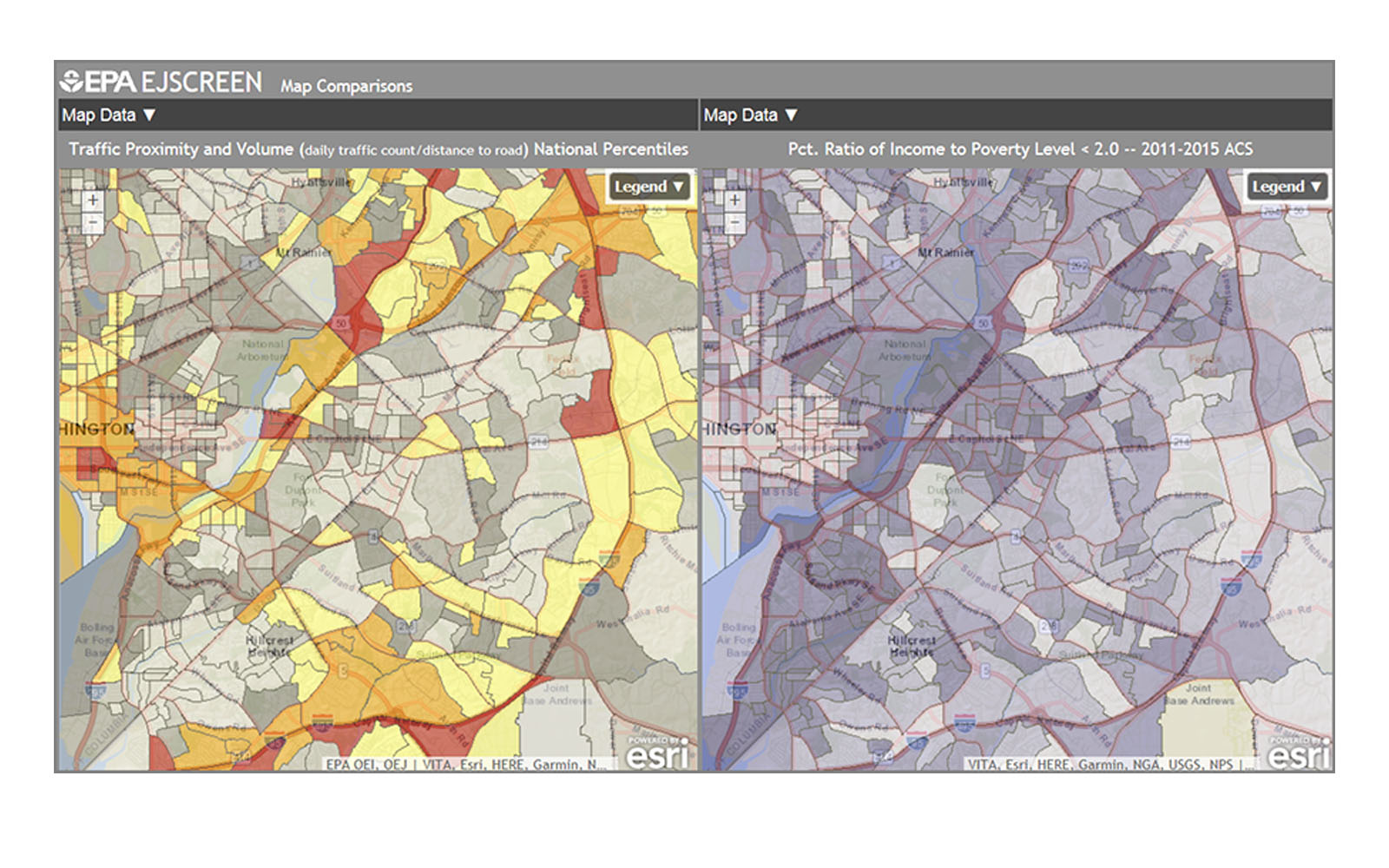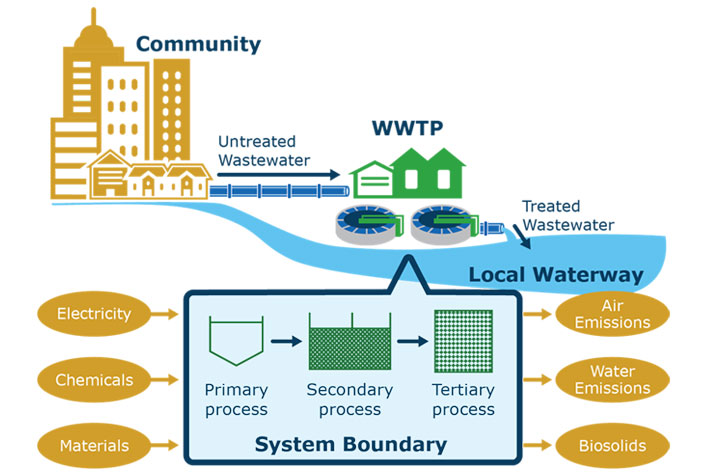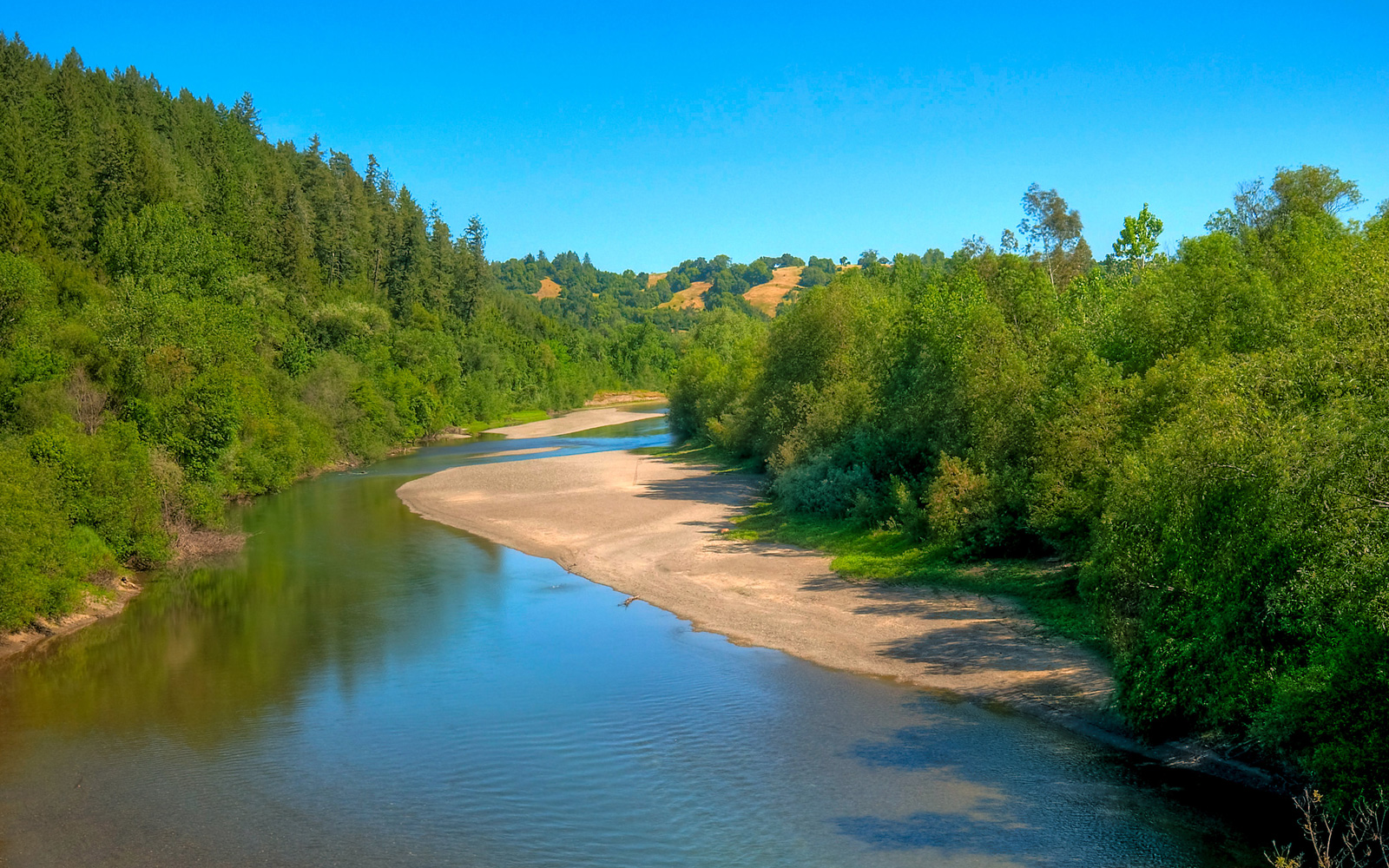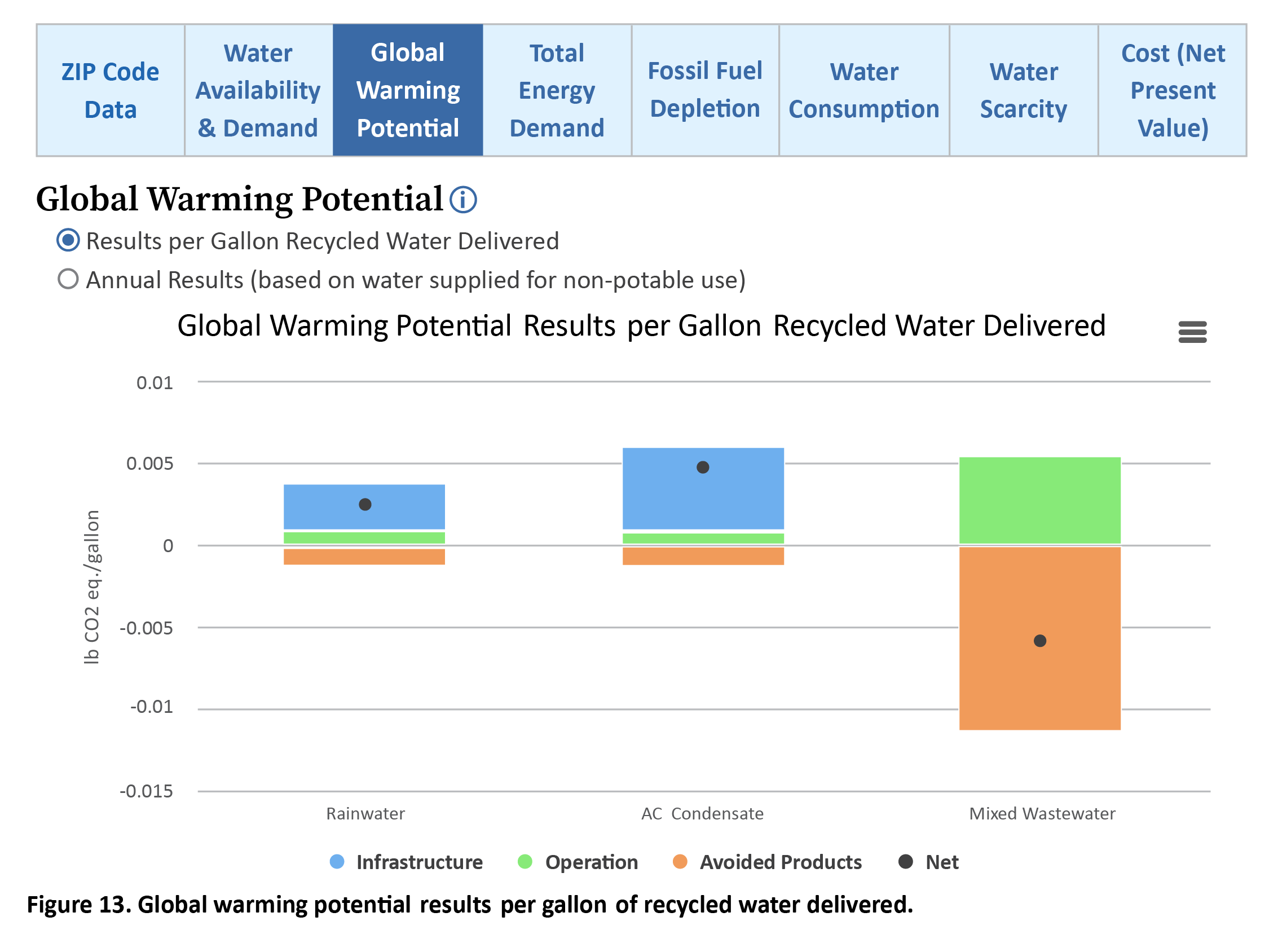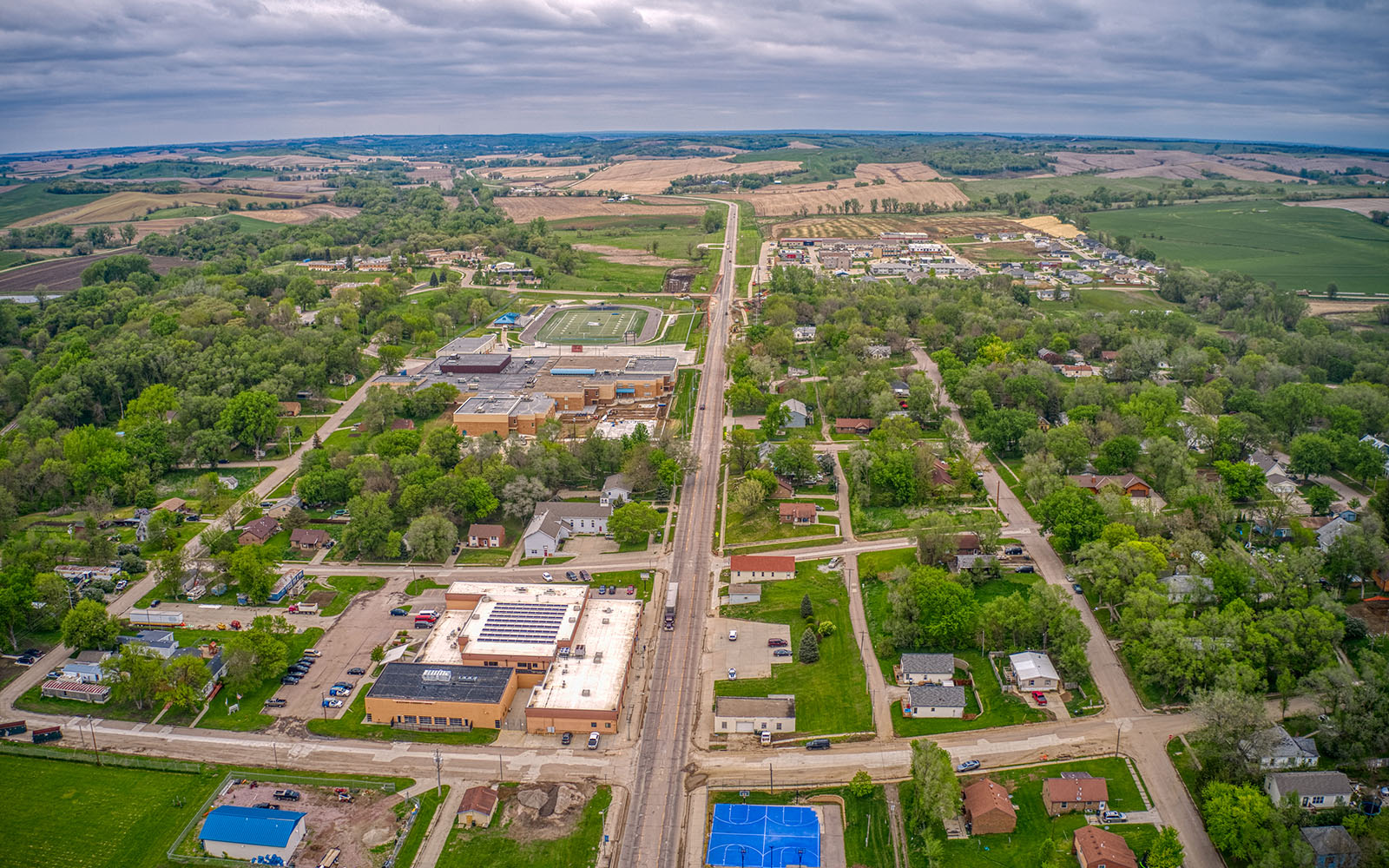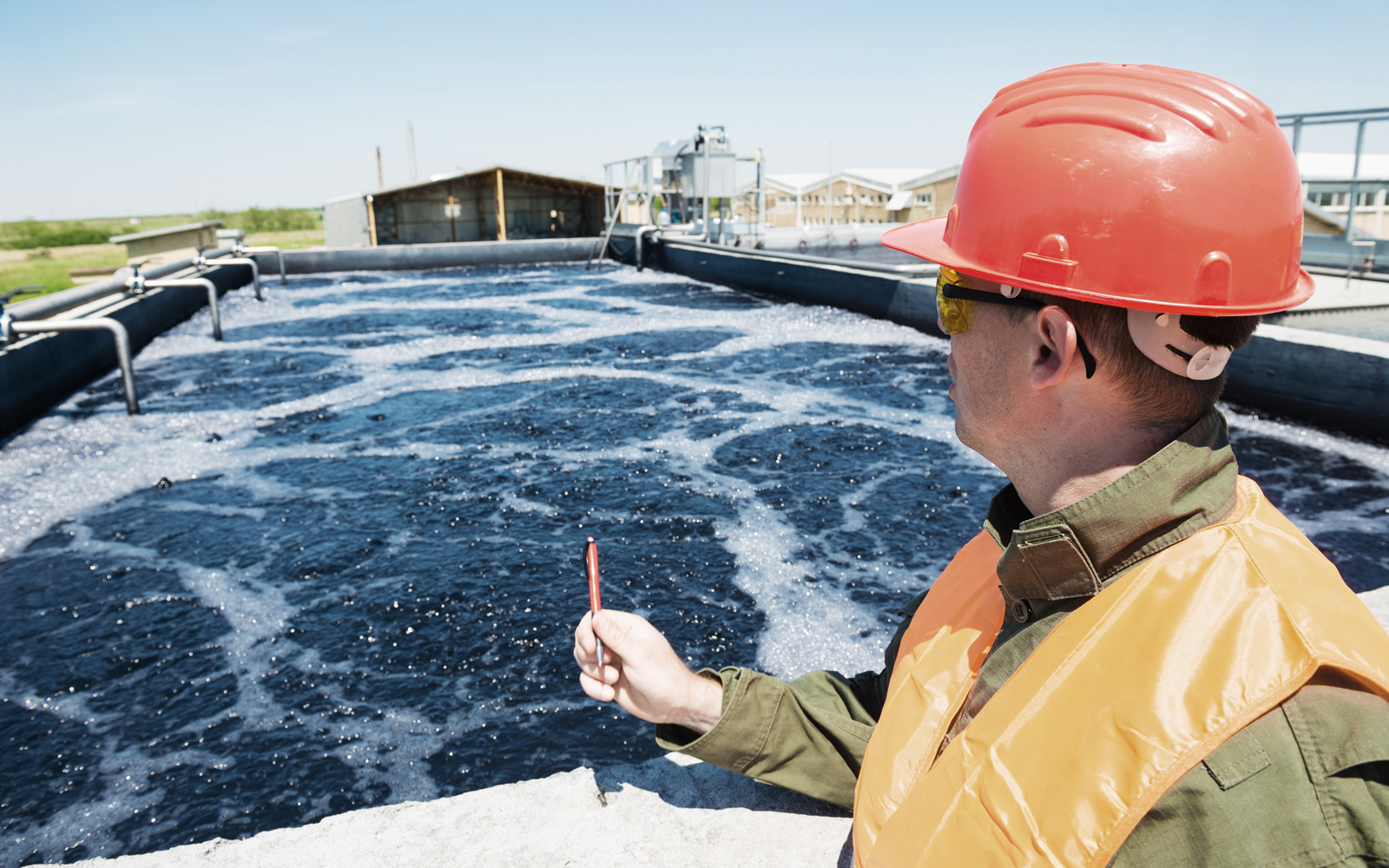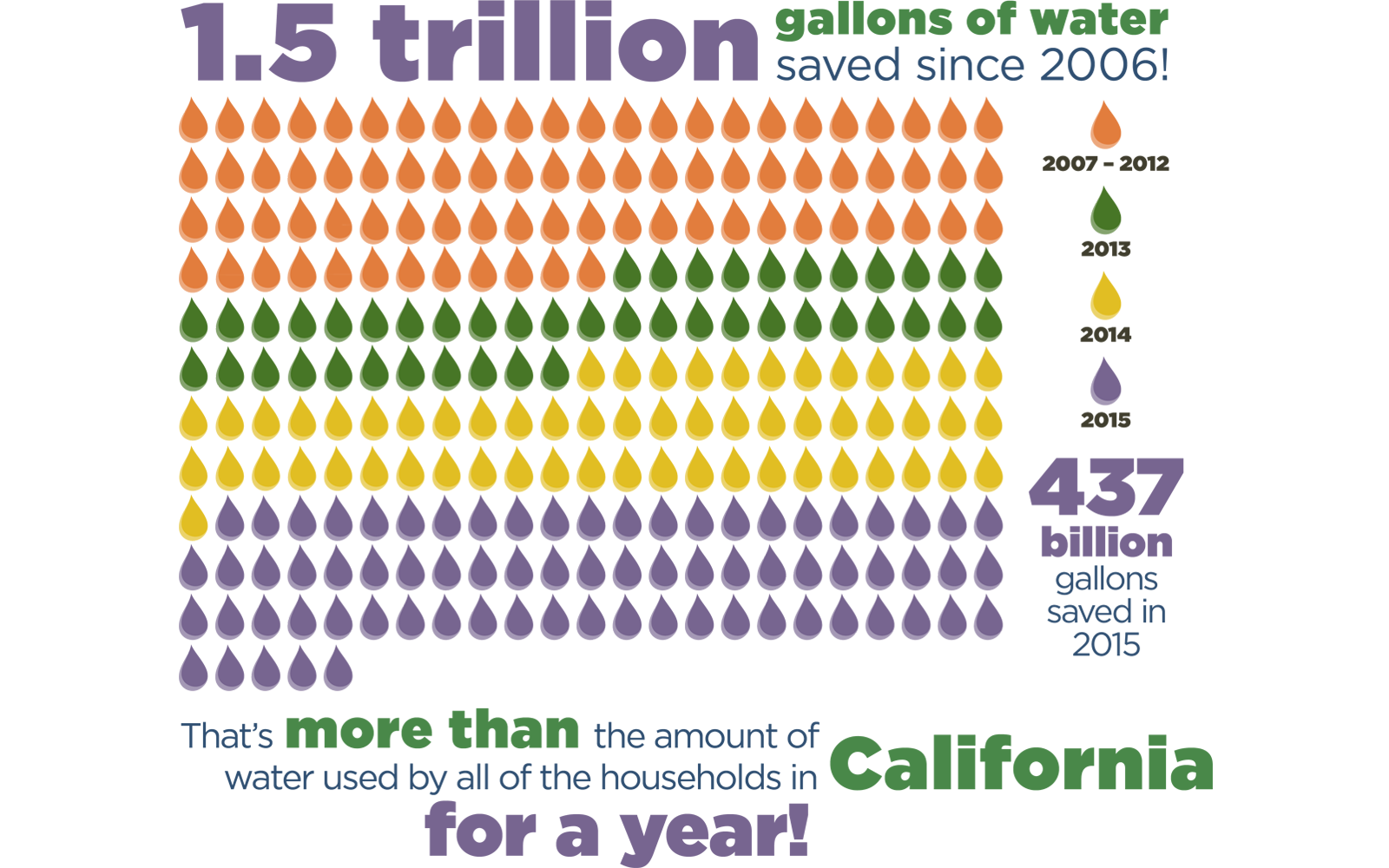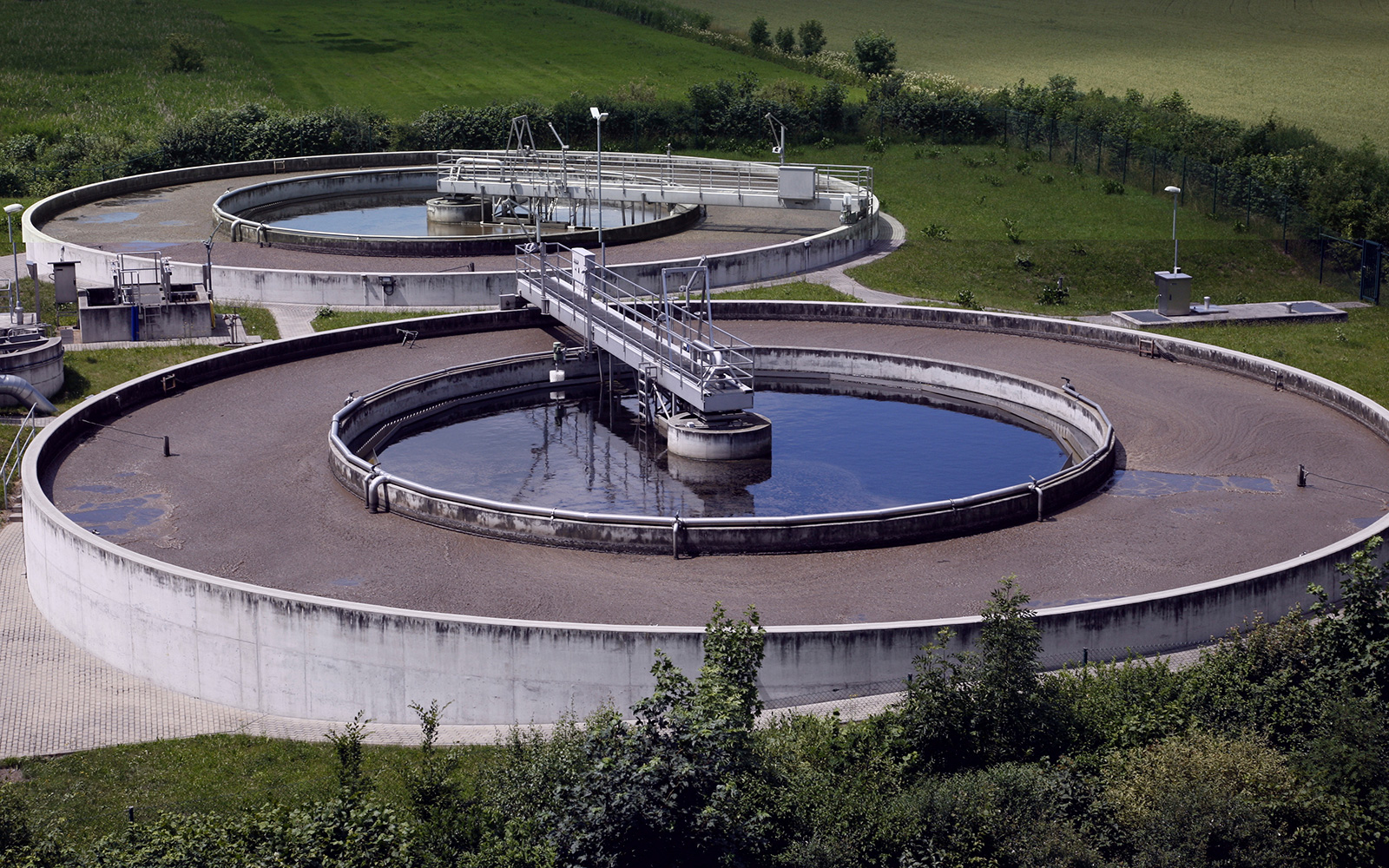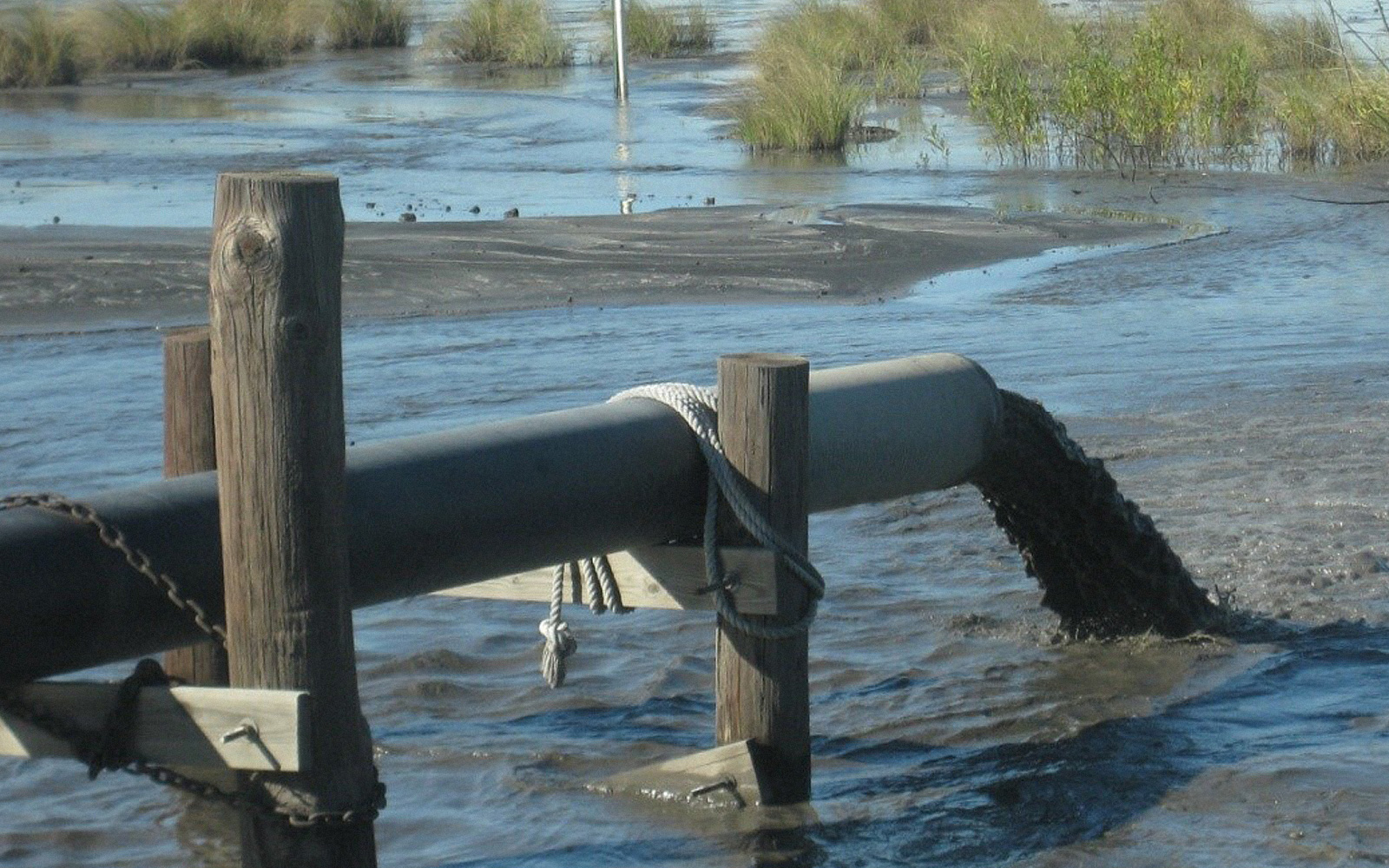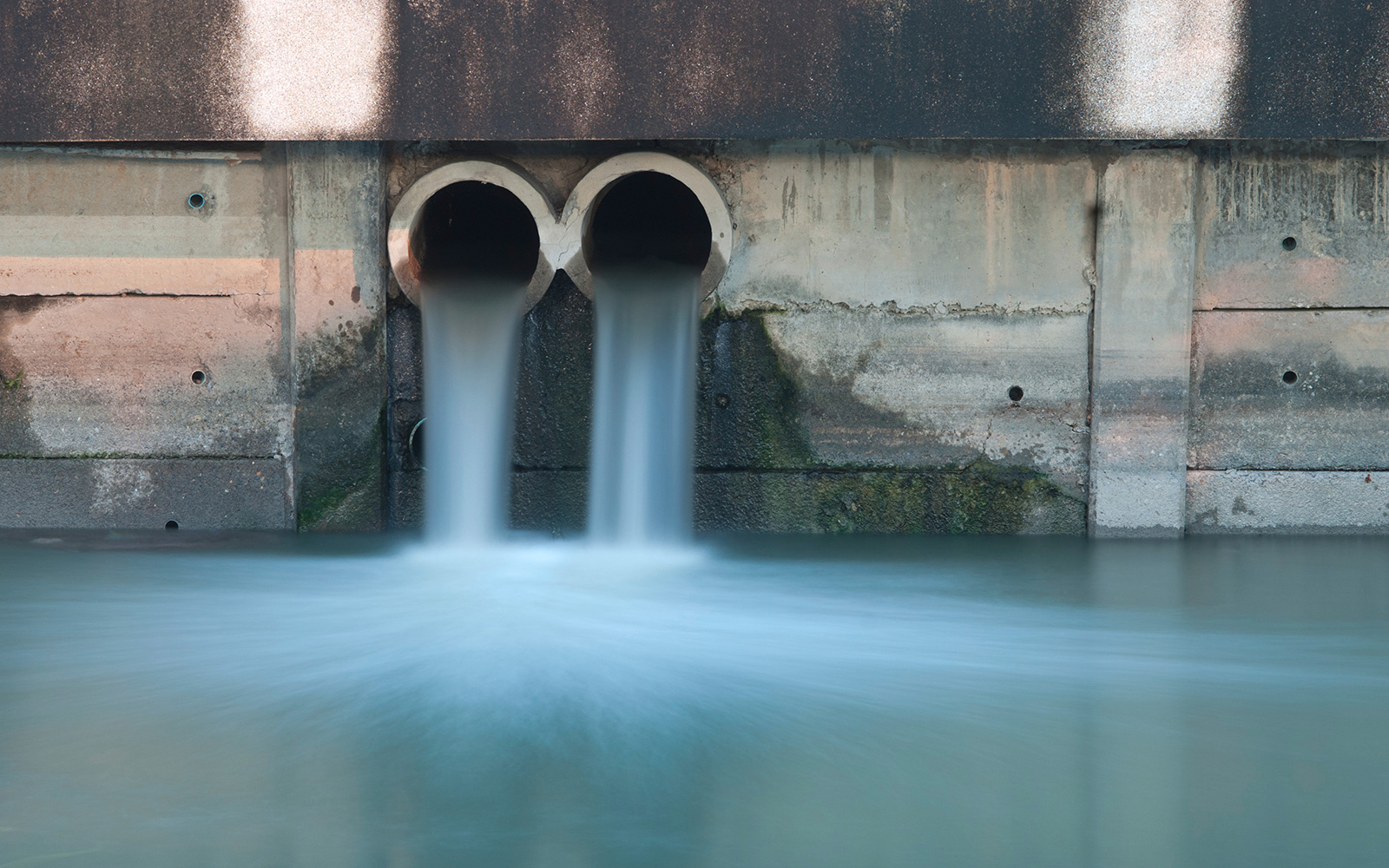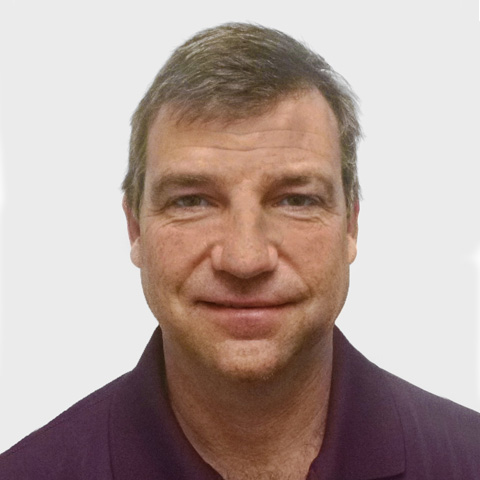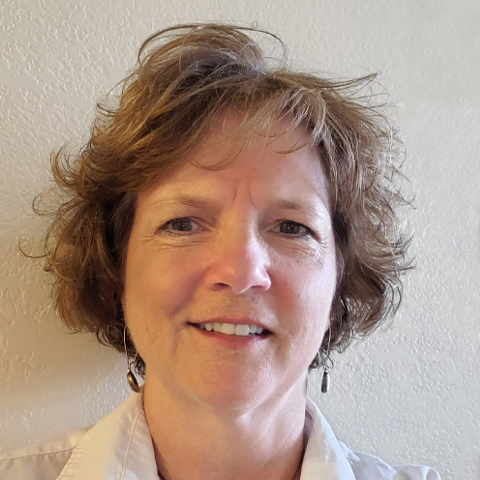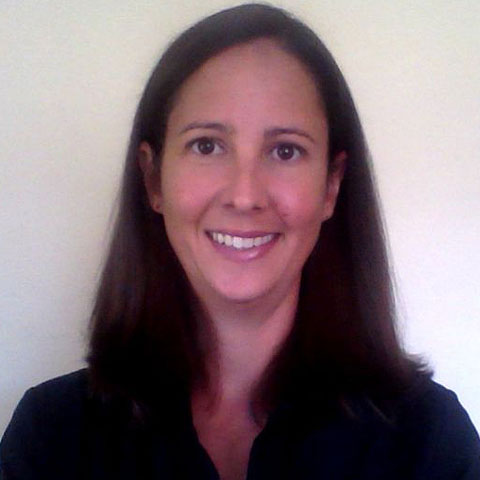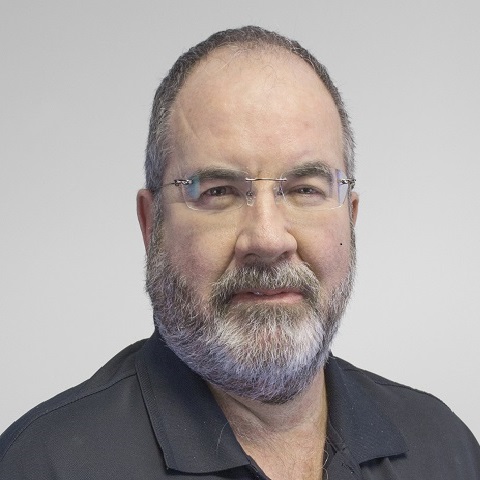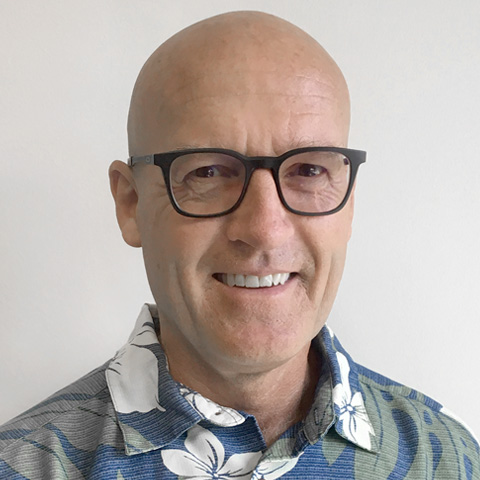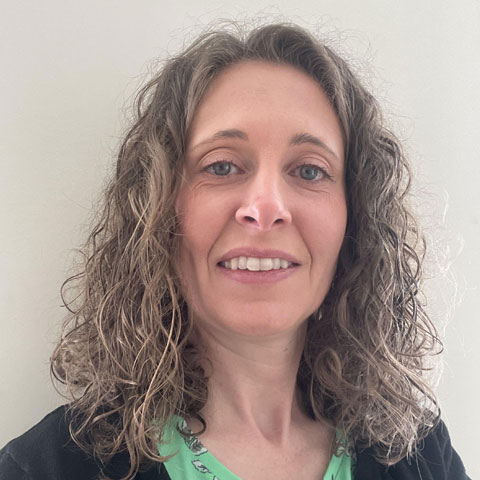Water Quality and Infrastructure
ERG’s water quality and infrastructure practice answers vital questions and provides cost-effective solutions to preserve and improve the nation’s waters. Our engineers and scientists are skilled at characterizing point and non-point source discharges, evaluating wastewater treatment infrastructure, and assessing and modeling the quality of surface waters and associated impacts to human and ecological receptors. We develop treatment options, best practices, and policy recommendations and provide technical assistance to communities in addressing water pollution problems. ERG’s water resource experts help clients implement water conservation programs and manage water resources. We develop product specifications and certification programs for water-efficient products. In addition, we assess the effectiveness of programs and recommend policies to better balance competing demands on water resources, including wetlands, coastal shorelines, and our nation’s rivers and groundwater. We routinely help our clients develop innovative solutions to meet new challenges and priorities, such as emerging contaminants and climate change impacts.
Water Pollution Control
- Process evaluation
- Pollution control technology assessments
- Point source characterization
- Field sampling support
- Groundwater monitoring, modeling, and sampling
Infrastructure Support
- Alternatives analysis
- Asset management
- Engineering cost estimation
- Funding and finance
- Project engineering and environmental reviews
- Technical assistance
- Construction oversight and project inspection
- Wastewater treatment technology assessments
- Federal cross-cutter compliance
Regulatory Development and Permitting
- Regulatory option evaluation
- Cost/benefit analyses
- Environmental impacts analysis
- Public docket preparation
- Public comment organization and evaluation
- Litigation support
- National Pollutant Discharge Elimination System (NPDES) permitting
Pretreatment Program Management and Oversight
- Local, state, and regional program development and implementation
- Program assessment and improvement/streamlining
- Training and guidance
- Stakeholder communication and outreach
- Regulatory development support
- Audits and inspections
Stormwater Management
- NPDES permit development
- Stormwater management program assessments
- Evaluation of industrial, construction, and municipal pollution prevention
- State-wide and regional stormwater program assessments
- Stormwater model training
Water Sustainability
- Water efficiency and conservation
- Water and wastewater reuse
- Green infrastructure planning and assessment
- Climate change adaptation
Ocean and Coastal Protection
- Coastal wetlands loss reduction strategies
- Shoreline management
- Climate change adaptation
- Economic and social impact analyses
- Marine debris prevention
- Vessel sewage regulatory controls
- Invasive species mediation from ships
Watershed Management/Water Quality Assessments
- Integrated water resources needs assessments
- Watershed-based green infrastructure planning and benefits assessment
- Coastal water quality trends analyses
- Coastal wetlands protection and restoration needs assessments
